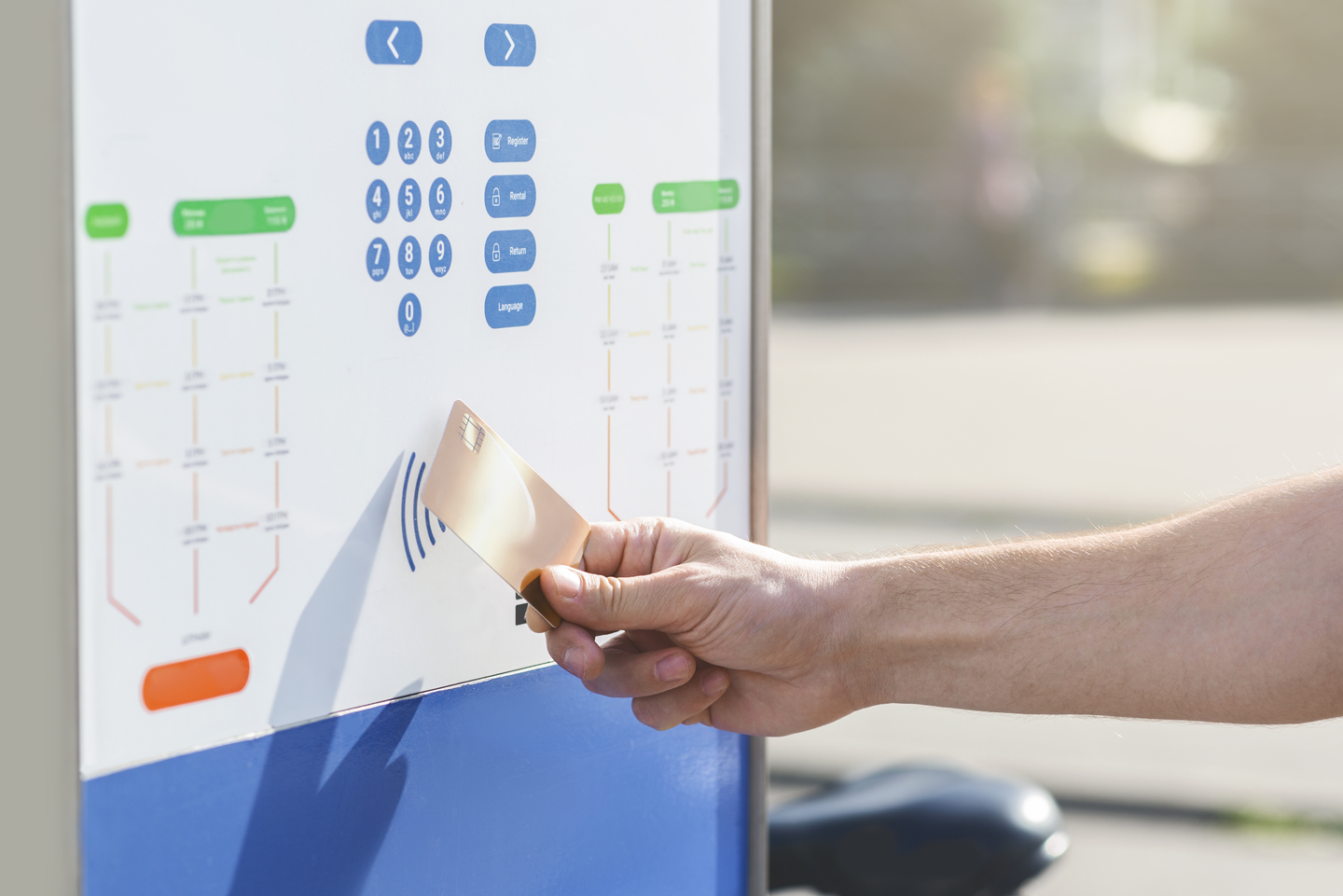

We are on the brink of a payment revolution, and at its core is the convergence of payment orchestration and tokenized value exchange. As digital ecosystems mature, businesses are moving away from fragmented, siloed gateways toward orchestrated payment layers. These systems offer dynamic routing, real-time intelligence, and seamless integration with tokenized wallets and blockchain-backed instruments.
This isn't just a backend upgrade it's a reimagination of the flow of money, identity, and trust in a hyper-connected world.
Smart Transaction Routing
Route payments across acquirers based on success rates, cost, geography, or customer preference.
Unified Integration
Plug in once, and access dozens of PSPs, fraud tools, 3DS providers, wallets, BNPL players, and more.
Real-Time Failover
If one provider fails, the transaction is re-routed in real time to another.
But now, a new dimension is emerging: tokenization.
Digital Identity Tokens
Portable, privacy-compliant IDs that allow users to authenticate across platforms.
Loyalty & Reward Tokens
Tradable, interoperable tokens that can be used across brands, marketplaces, or even DeFi ecosystems.
Asset-Backed Payment Tokens
Imagine paying for a flight using tokenized carbon credits, or booking a hotel using a token that represents unused vacation days.
Route payments
Between fiat, crypto, and token ecosystems.
Convert loyalty tokens
Into fiat or use them in split-pay models.
Apply programmable logic
Via smart contracts to orchestrate not just the transaction, but the experience.
Travel Aggregators
A user pays for a vacation package using a combination of USDC, frequent flyer tokens, and fiat. The orchestration engine splits the transaction, manages FX, and triggers the loyalty burn.
Retail Platforms
An AI engine offers the customer a 10% discount if they settle using the brand’s native token. The orchestration platform auto-swaps from fiat to token in real time.
B2B SaaS
Clients pay subscriptions via programmable tokens that renew monthly, unlock features, and grant governance rights over the product roadmap.
Tokenized Routing Rules
Customize which tokens can be used for which products, geographies, or tiers.
Interoperable Wallet Integration
Plug into MetaMask, WalletConnect, Apple Wallet, and proprietary wallets — seamlessly.
NFT-Aware Commerce
Accept NFTs as collateral or entry passes, triggering payment flows based on ownership.
Compliance-as-Code
Smart contracts that enforce KYC, AML, and cross-border rules dynamically.
Customer-Centric Flexibility
Users want choice cards, crypto, points, or all of the above.
Cross-Border Reach
Tokenized orchestration makes global commerce smoother, faster, and cheaper.
Revenue Optimization
Smart routing and fee optimization drive higher approval rates and lower costs.
Regulatory Complexity
Token classification varies wildly across jurisdictions.
Fraud & Abuse Prevention
Real-time orchestration must balance speed with security.
Legacy Infrastructure Resistance
Many traditional payment providers are slow to adapt to token interoperability.
Interpret context
User history, device, location, sentiment.
Trigger micro-incentives
Dynamically.
Select optimal value mix
Combine fiat + token + offer seamlessly.
Execute trust
Via smart contracts no middlemen, no delays.
The winners in tomorrow’s commerce landscape will be those who build infrastructure that’s not only fast and fail-proof but fluid. Payment orchestration in a tokenized world is the foundation for this new kind of fluid commerce where value flows freely, securely, and intelligently across channels, currencies, and communities.

